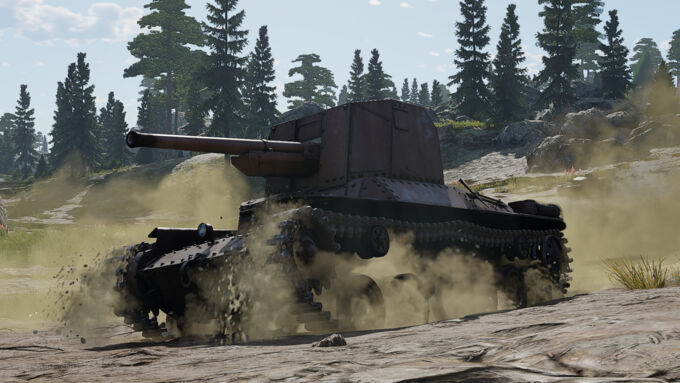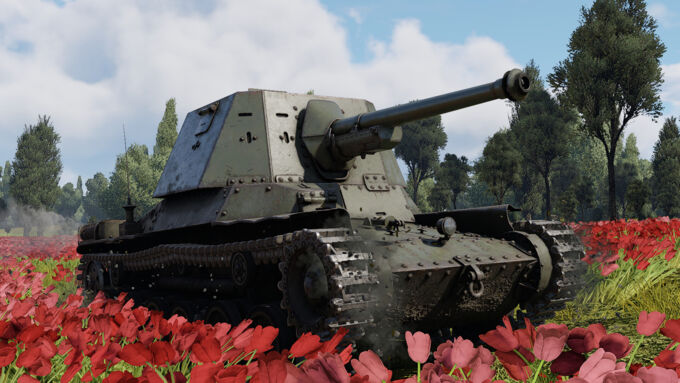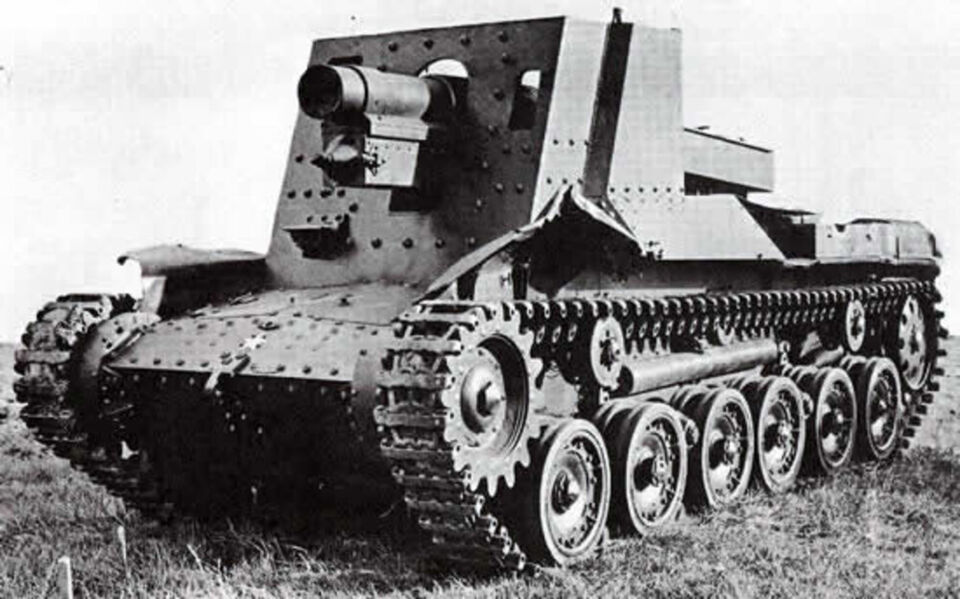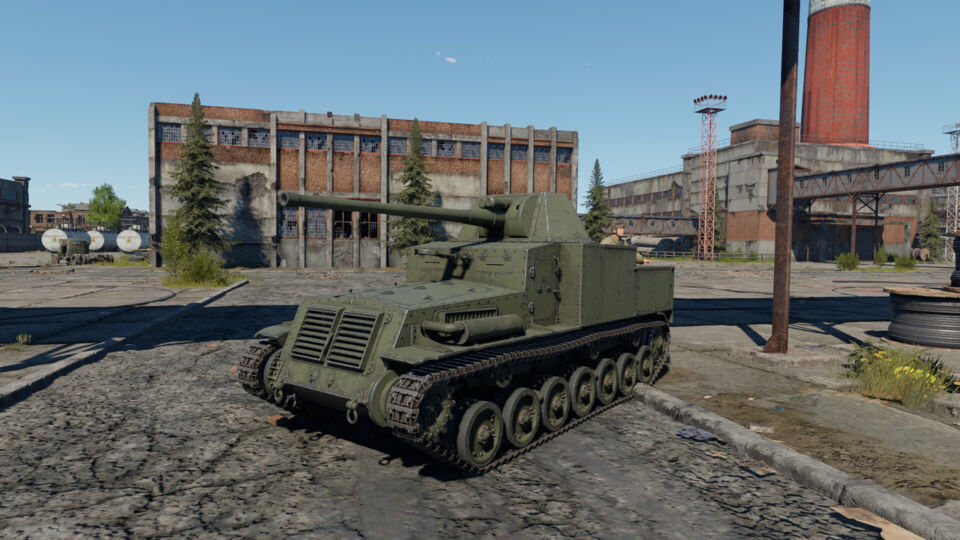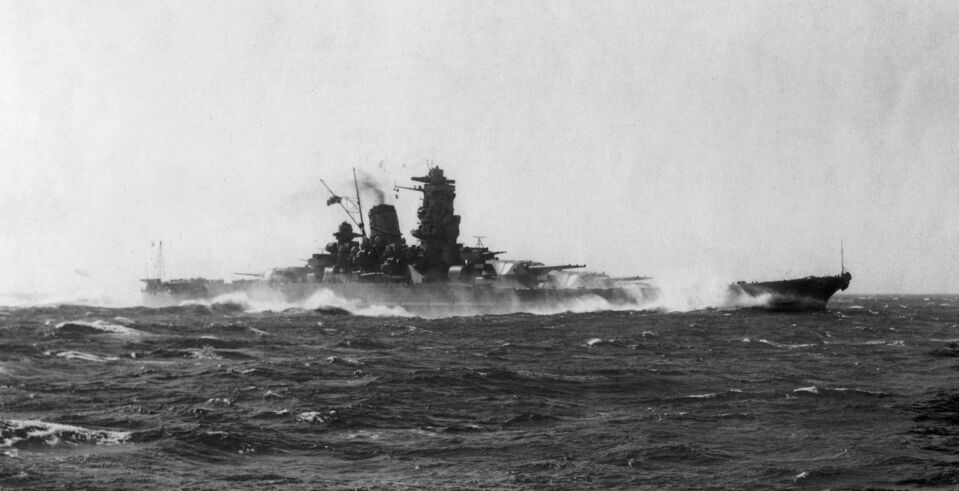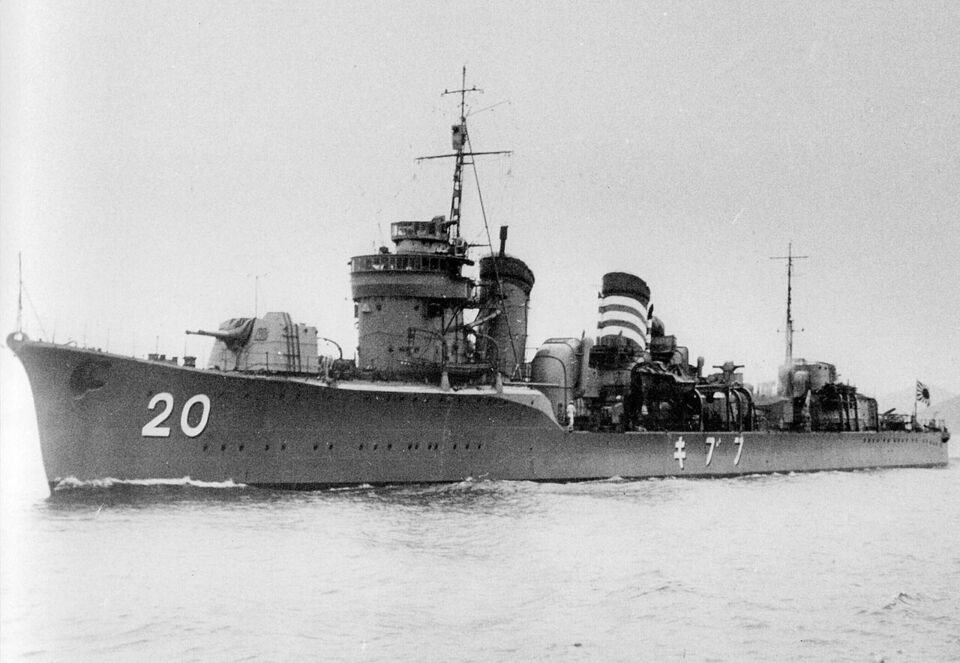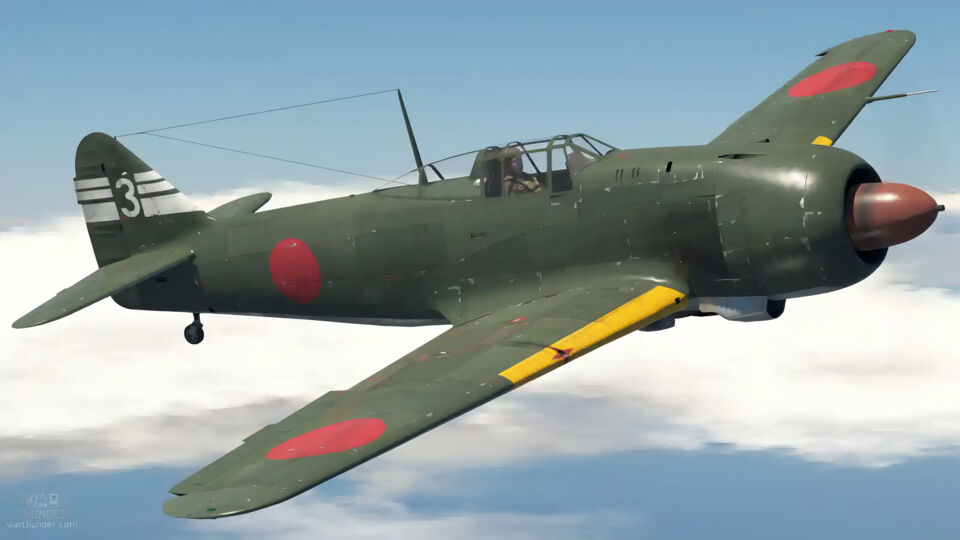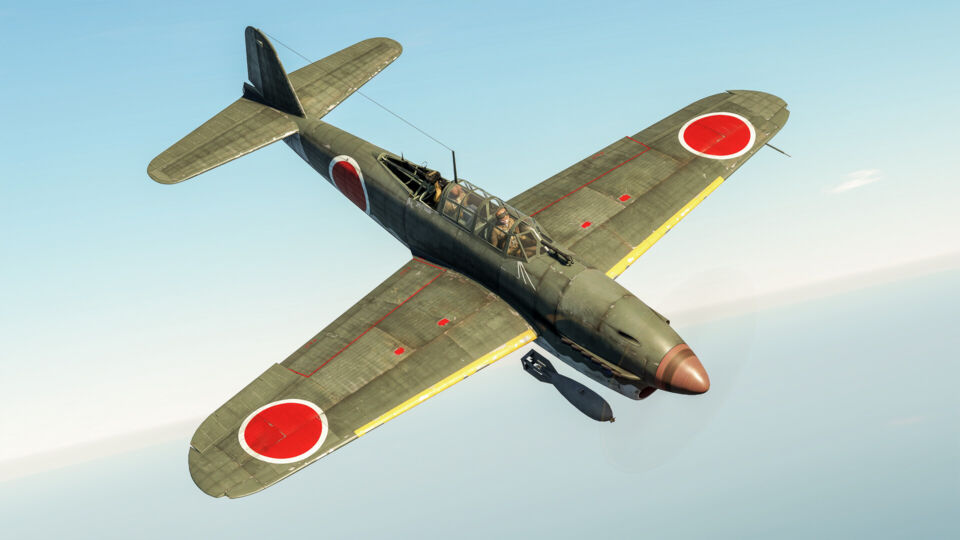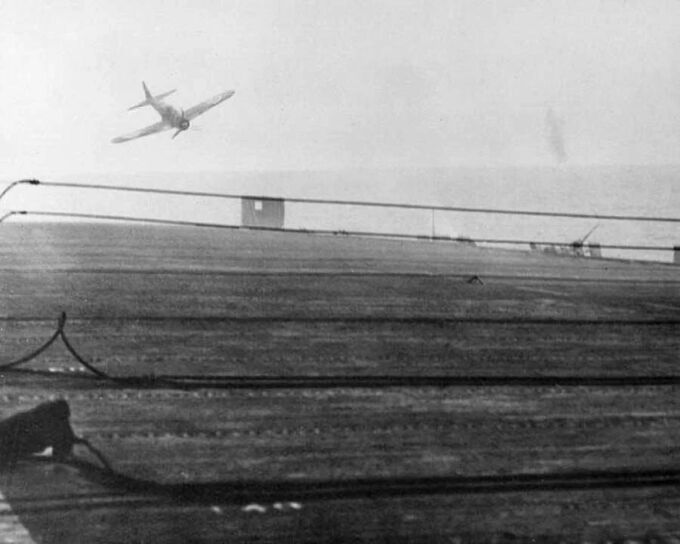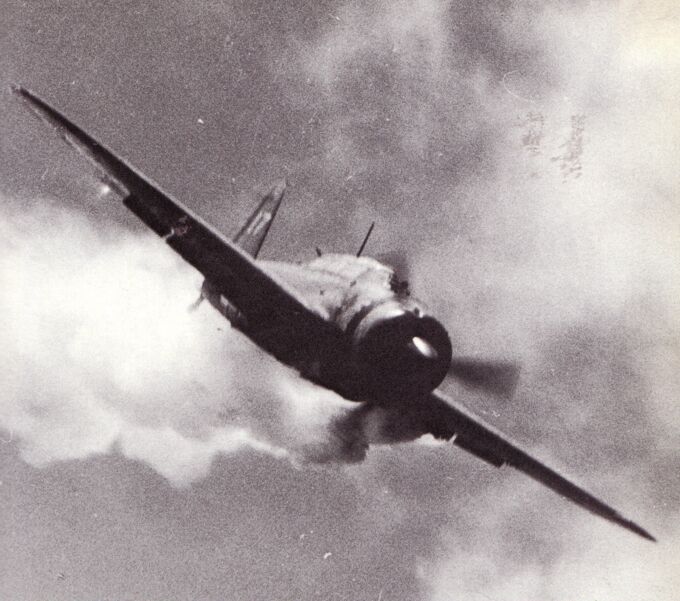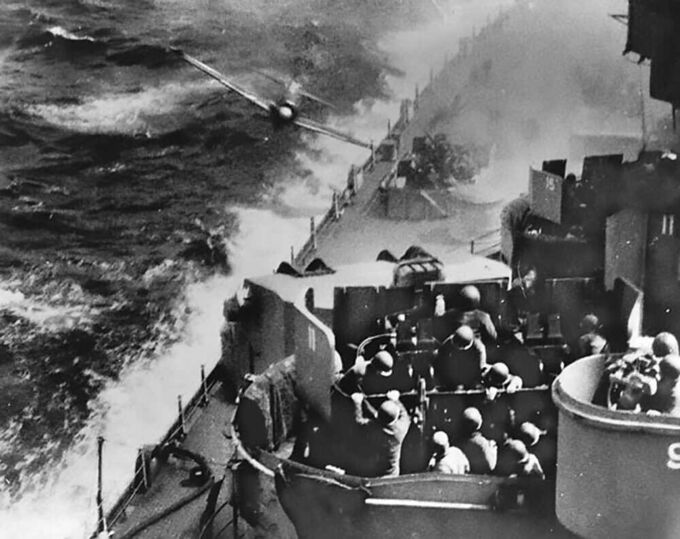#japan
The Ho-Ni family of self-propelled artilleries/tank destroyers were developed in the latter half of the Pacific War to provide tank regiments with fire support and engage Allied designs such as the M4 Sherman, which featured armour that Japanese tanks struggled to pierce. In War Thunder, two versions of this SPG, the Ho-Ni I and the Ho-Ni III, are available in the Japanese tech tree, and can be very powerful if used right.
The Type 4 15 cm self-propelled gun Ho-Ro (日本語: 四式十五糎自走砲 ホロ, Imperial Japanese Army Type 4 15 cm self-propelled gun Ho-Ro) was a self-propelled gun (SPG) used by the Imperial Japanese Army during WW2. It was built on the existing chassis of the Chi-Ha medium tank. It was hurried into service, and arrived at the front lines too late to make any lasting impact on Japan’s war effort.
During the Pacific War, Japanese tanks severely lacked anti-tank capabilities. Guns such as the Type 94 37 mm gun and short-barreled 57 mm gun had very low penetration. Japanese officials started the development of a new anti-tank gun that would be capable of dealing with American tanks such as the M3 Light Tank and M4 Medium Tank. The development of this new gun resulted in the Type 5 Na-To, an SPG prototype using an experimental 75 mm anti-tank gun, a rather obscure and forgotten tank from the Japanese army and in War Thunder.
The Yamato-class battleships were two Japanese battleships, Yamato (大和) and Musashi (武蔵), constructed during World War II and operated by the Imperial Japanese Navy (IJN). They were armed with nine 46 cm naval guns and over 150 anti-aircraft guns, and had a displacement of more than 72,000 tons, making them the largest and most powerfully armed battleships in history. While the Yamato and Musashi had a truly stupendous level of firepower and armor, both ships met their fates at the hands of American carrier aircraft and never participated in the massive battleship-on-battleship engagements that they were designed for.
In 1928, a newly commissioned Japanese destroyer would change the way the Imperial Navy, and navies across the world viewed their destroyers. At 1,750 tons standard displacement, the IJN packed their new ship with six 5-inch guns in three waterproof mounts and three 24-inch triple-torpedo tube mounts with a reload for each tube for a grand total of eighteen torpedoes, a significant increase in armament compared to her contemporaries. The world had been introduced to IJN Fubuki, first of the so-called special-type destroyers.
The P-51C-11 “Evalina”, named after the girlfriend of 1st Lt. Oliver E. Strawbridge, was captured by Japanese forces in China on 16 January 1945 while being flown by 2nd Lt. Sam McMillan. As the first fully functional P-51 to fall into Japanese hands, it was quickly repaired and transported to Japan for extensive evaluation, including performance trials and mock dogfights against domestic fighters. Evalina became a valuable tool for developing counter-strategies against the Mustang, one of the few Allied aircraft tested this thoroughly by Japan. Eventually, her generator failed during training, and with no replacement parts available, she was abandoned and reportedly bulldozed into a lake before the war’s end.
IJN Furutaka (古鷹, named after Mount Furutaka in Etajima, Hiroshima) was the first heavy cruiser built for the IJN, but at the time of commissioning, she was designated as a “first-class cruiser”, as the term “heavy cruiser” was defined later. Originally built as a “fast scout cruiser”, she combines very good mobility with excellent firepower brought by the modified Type 3 №2 main battery guns. This is further enhanced by her very powerful torpedo armament, but at the same time, she is an attractive target for enemy aircraft, as her anti-aircraft and secondary armament are among the worst found on cruisers.
The Ki-100 (including the premium Ki-100-II) is a fighter-bomber found in the Japanese air tree. It may look similar to the Ki-61, because it is! It’s essentially a Ki-61 with a Ha-112 radial instead of a Ha-40 inline engine. It is known for its unique playstyle, which is a blend of energy and turn fighting. It can be equipped with some ordnance for Ground Battles. The Ki-100 and Ki-100-II are similar, the only differences being that the 100-II has a turbocharger under the engine. During the Second World War, it was introduced far too late, at a time when Japan was being bombed daily by B-29 Superfortresses.
The Yokosuka D4Y Suisei (彗星, “Comet”), called “Judy” by the Allies, are a collection of three Rank II light bomber aircraft that can be found in the Japanese air tree. While called bombers in the game description, these planes play more like heavy strike fighters, due to their great speed and agility.
Kamikaze (神風 “divine wind”) was a military tactic used in the later stages of the Second World War, used by pilots of the Imperial Japanese Air Force and Naval Air Service. The tactic consisted of an aircraft loaded with explosives; the pilot would then attempt to deliberately ram the aircraft into enemy ships to inflict damage.
